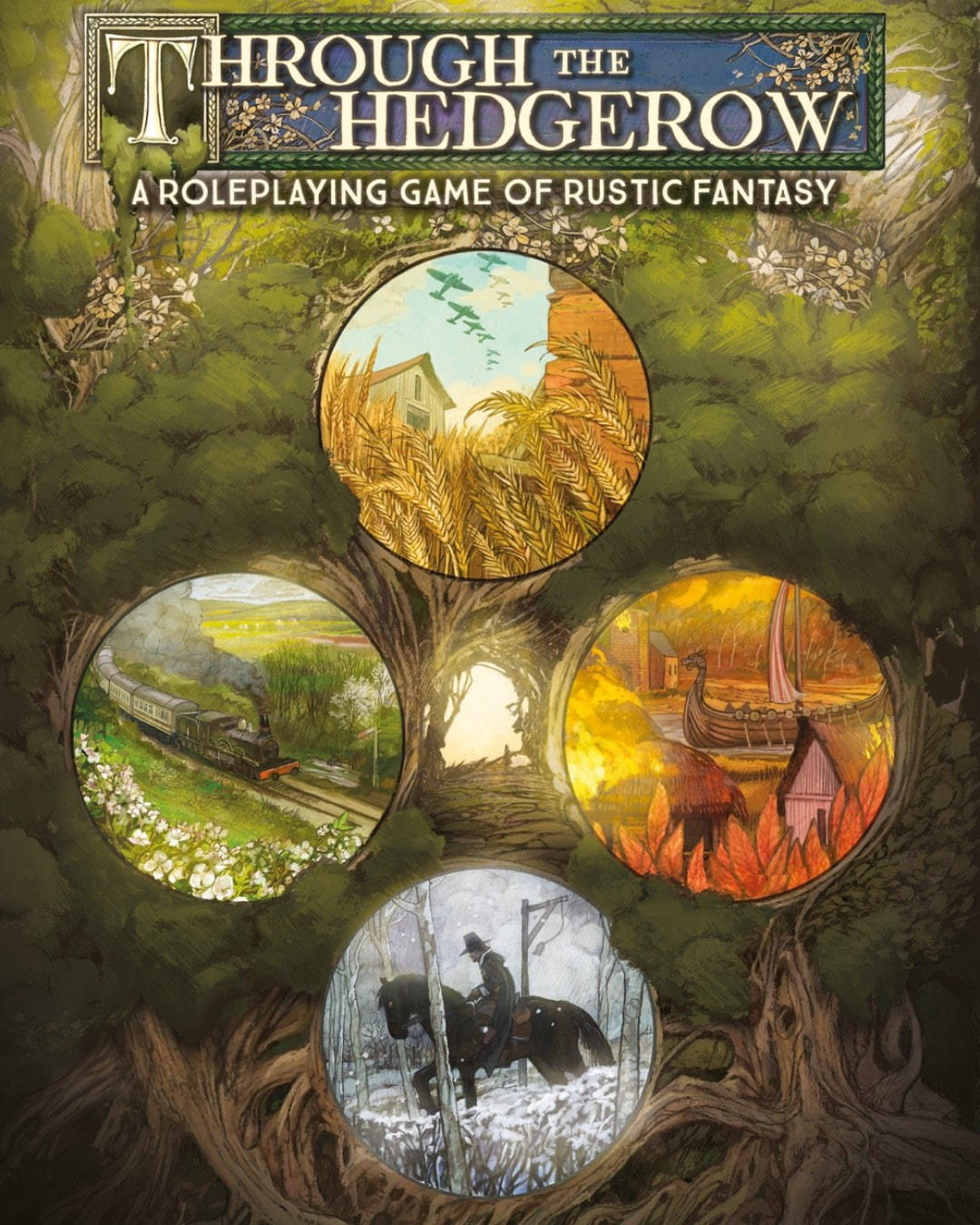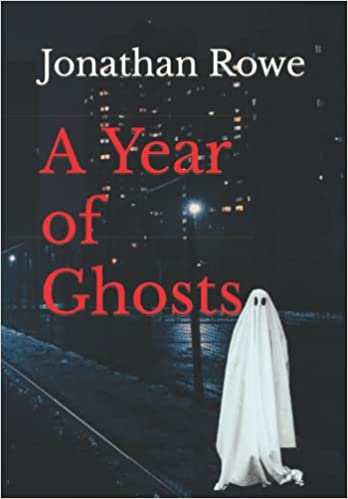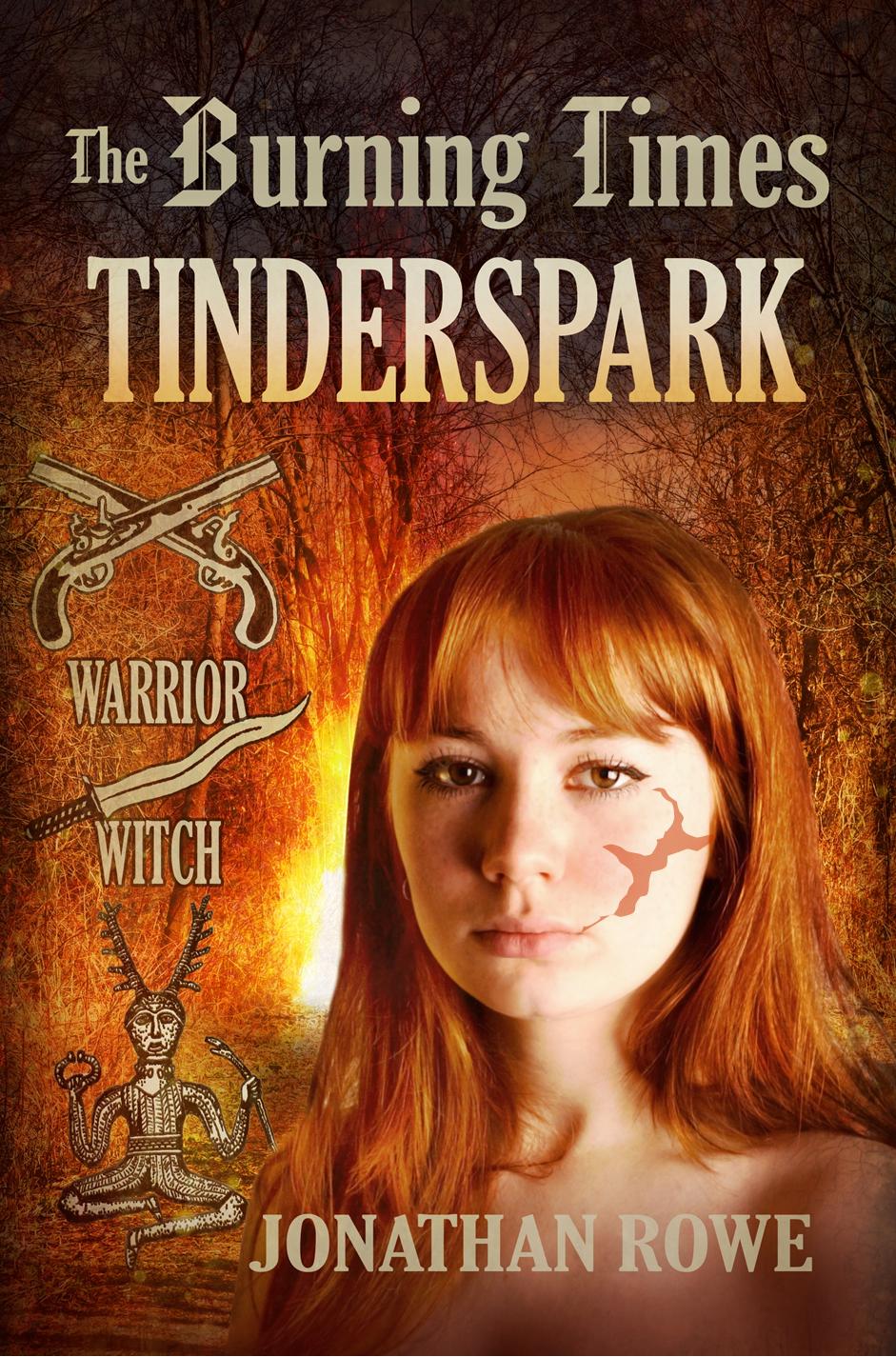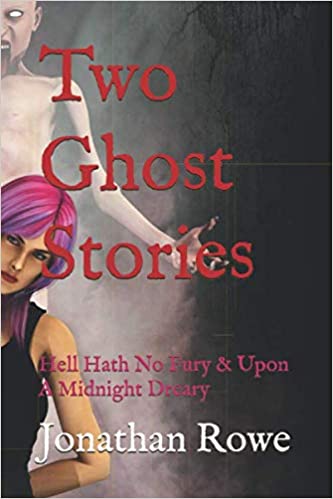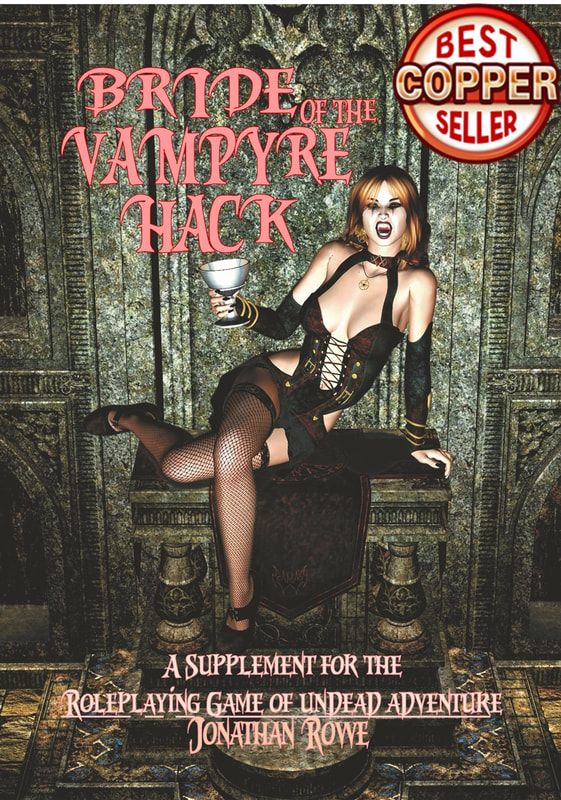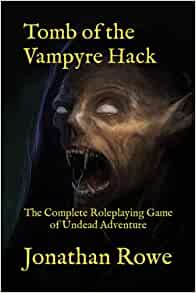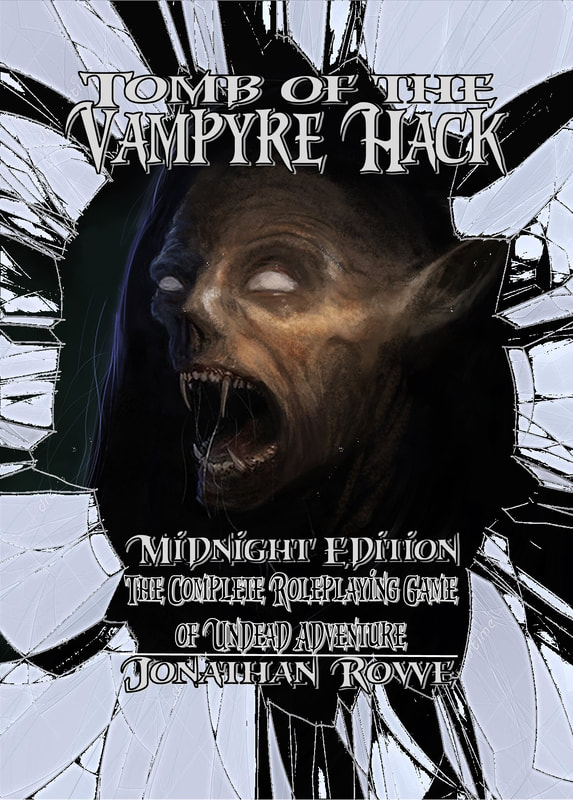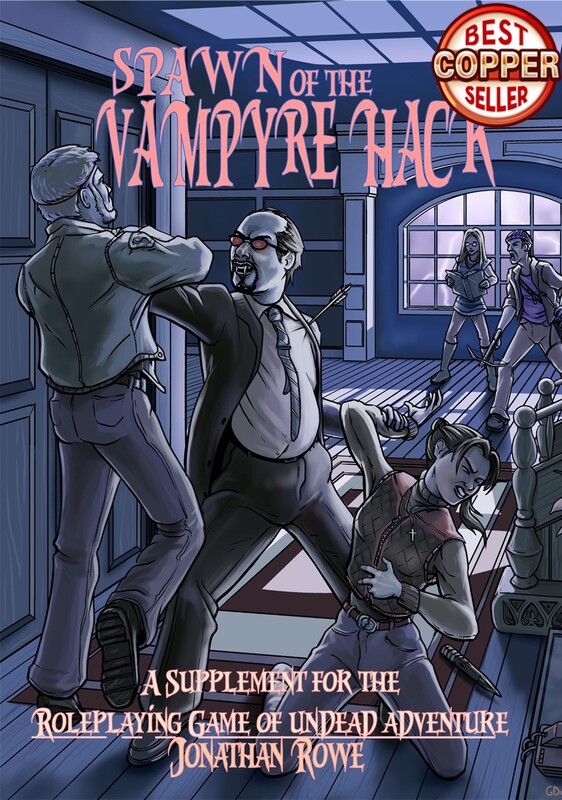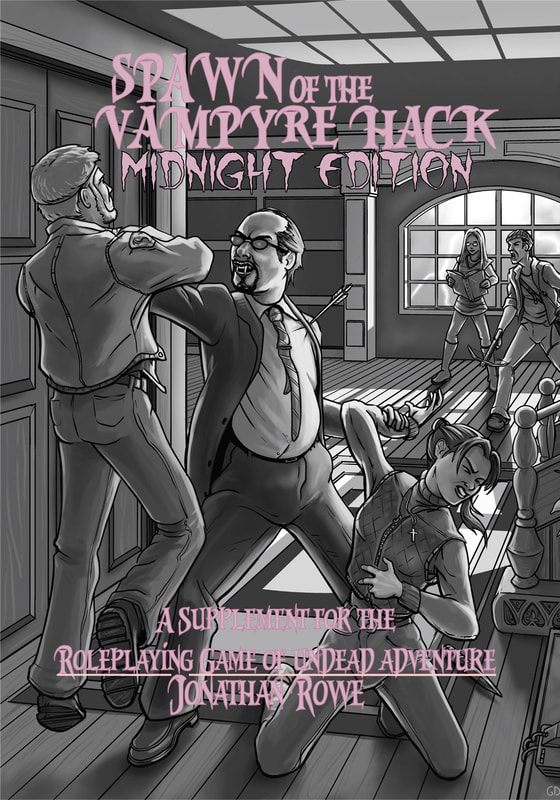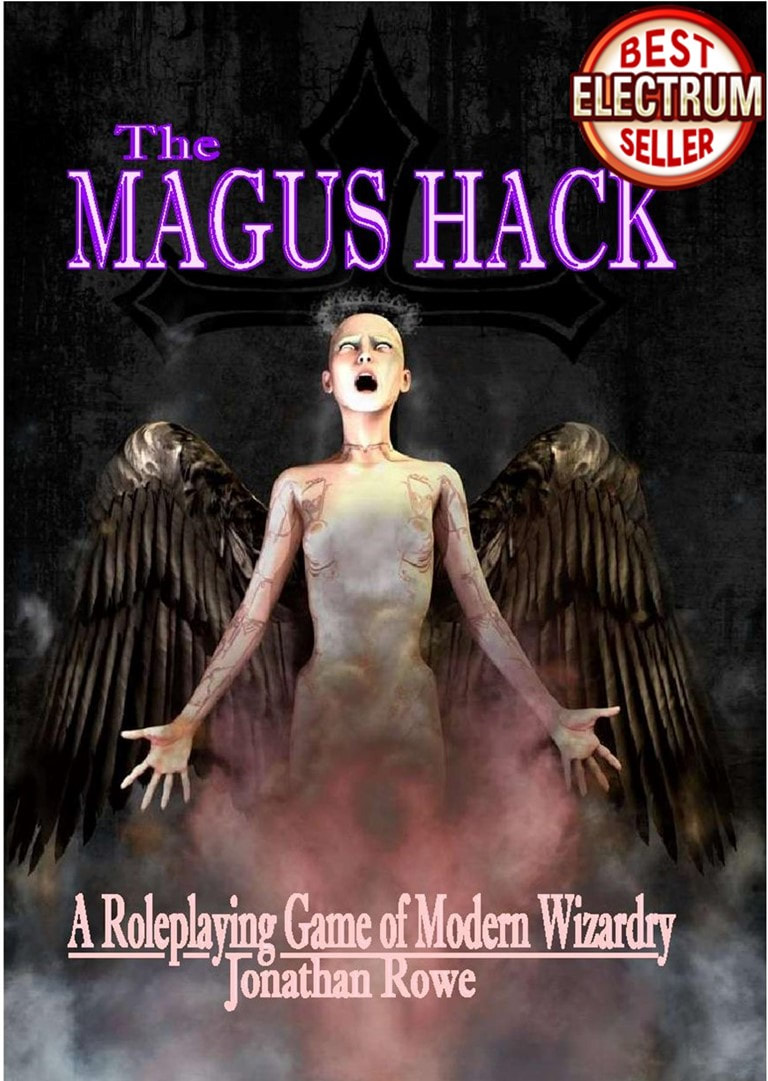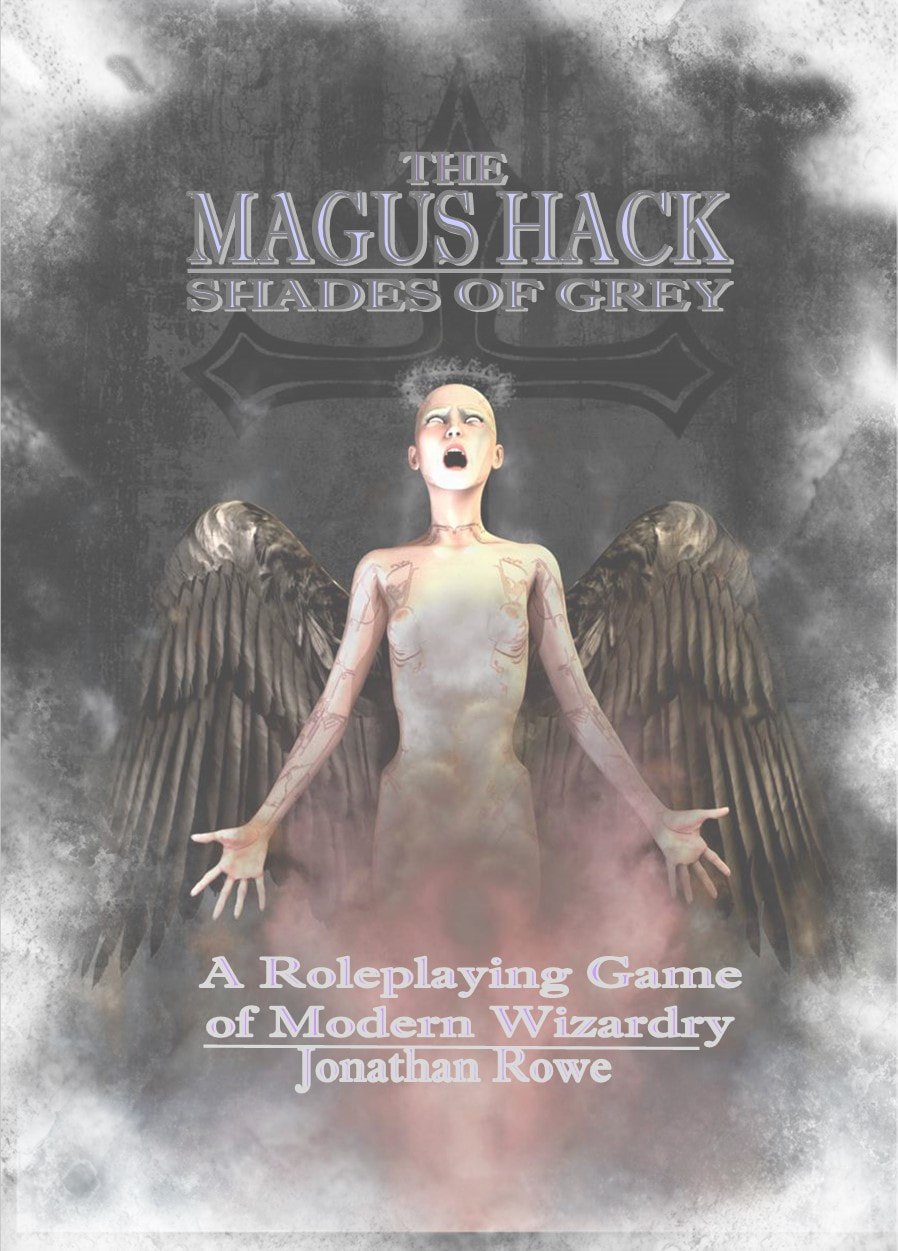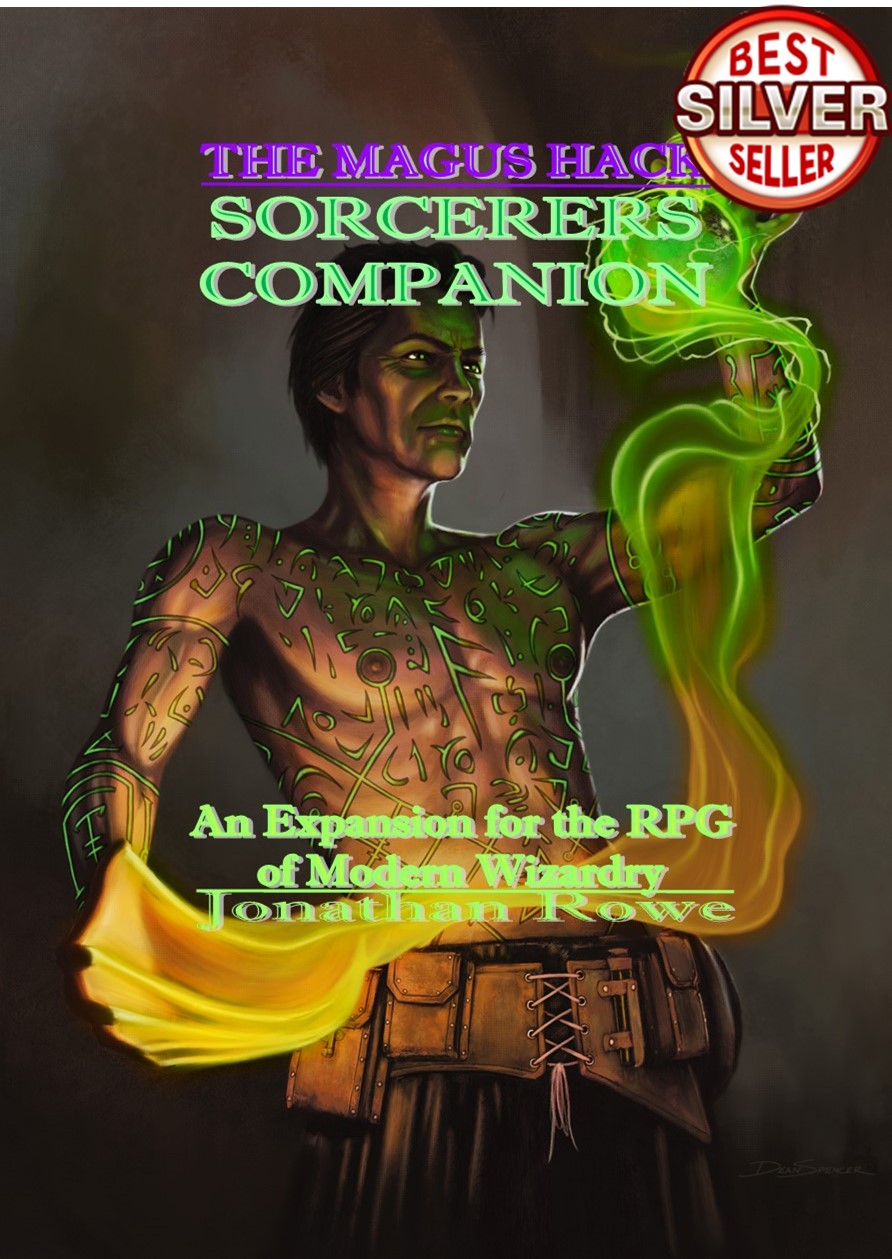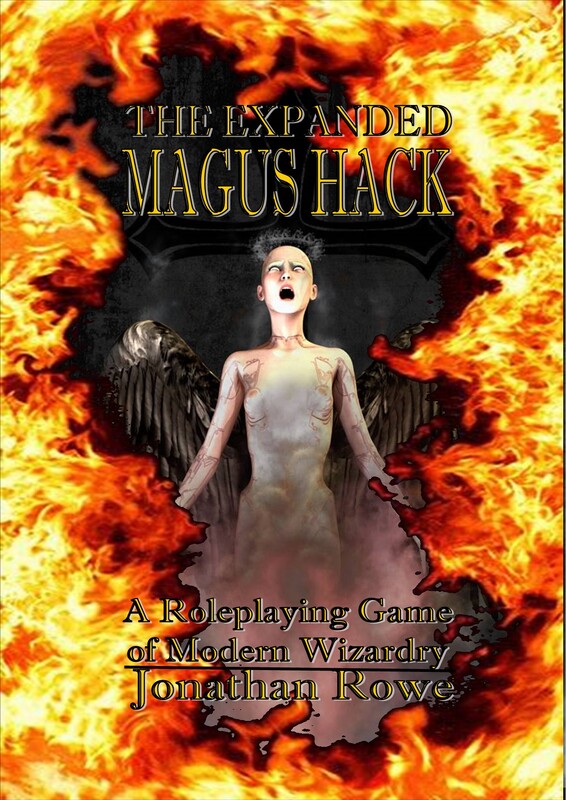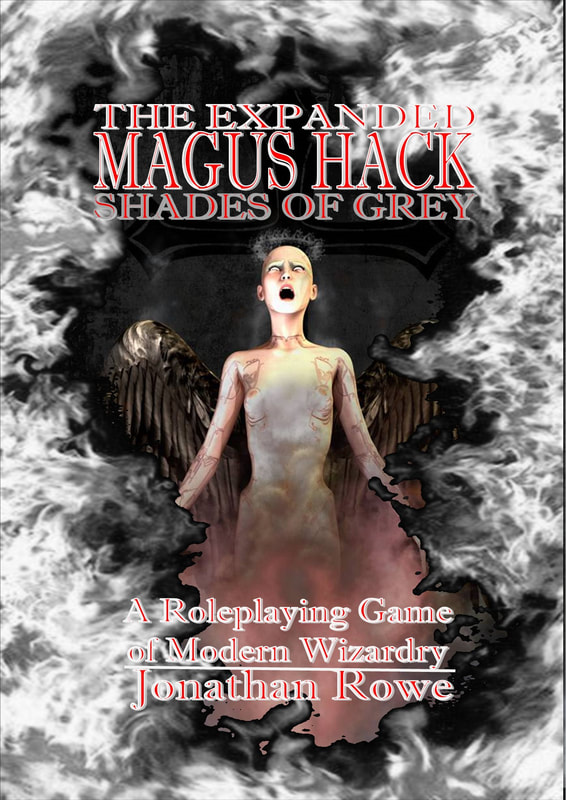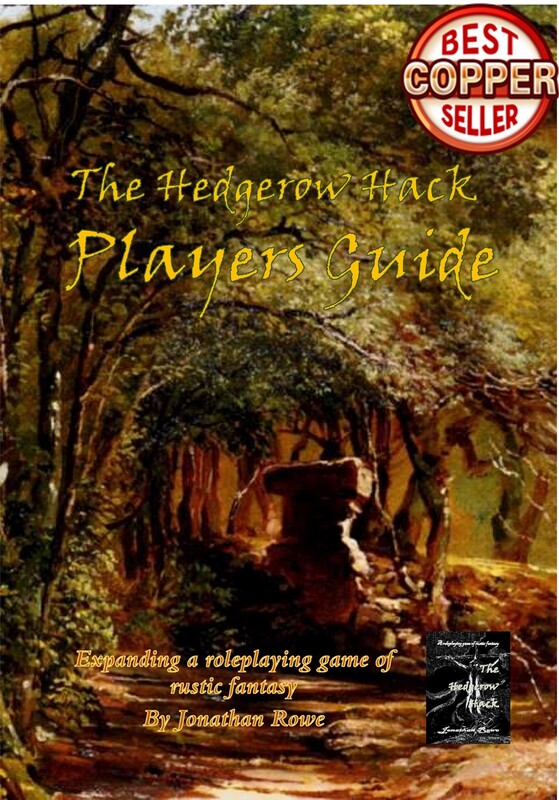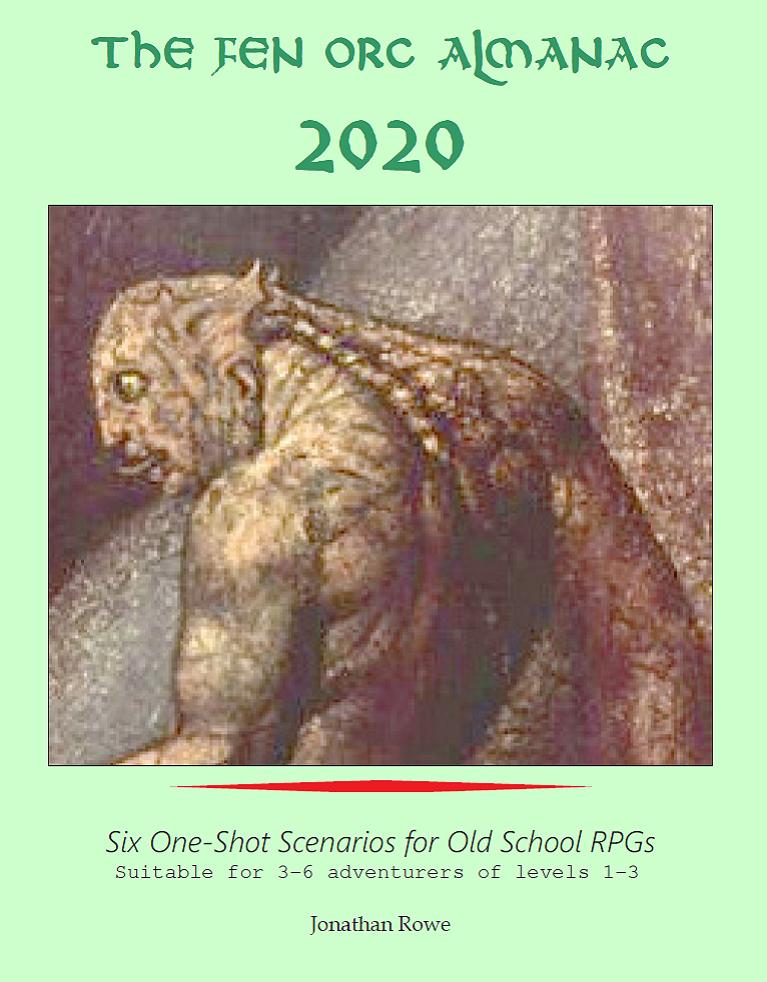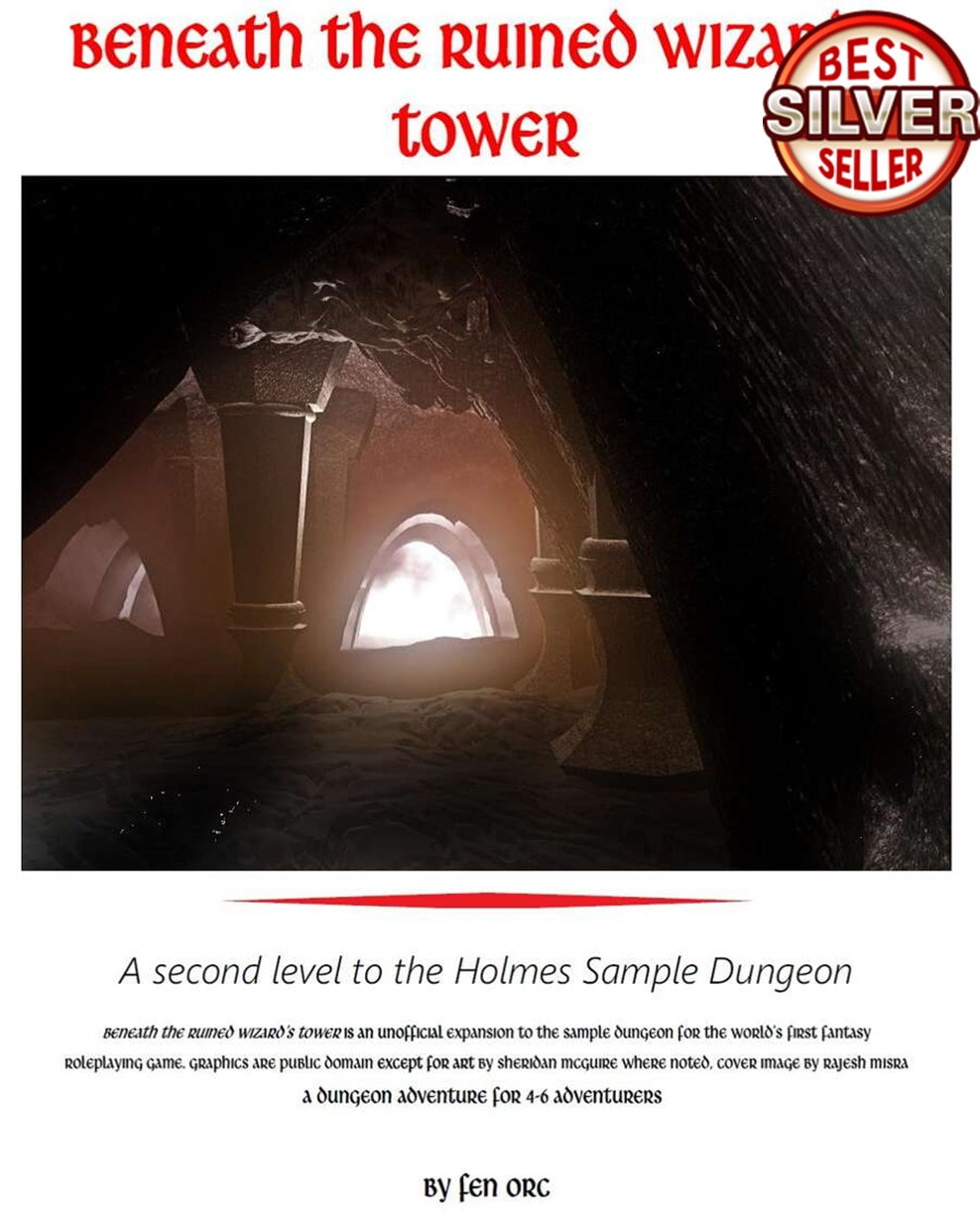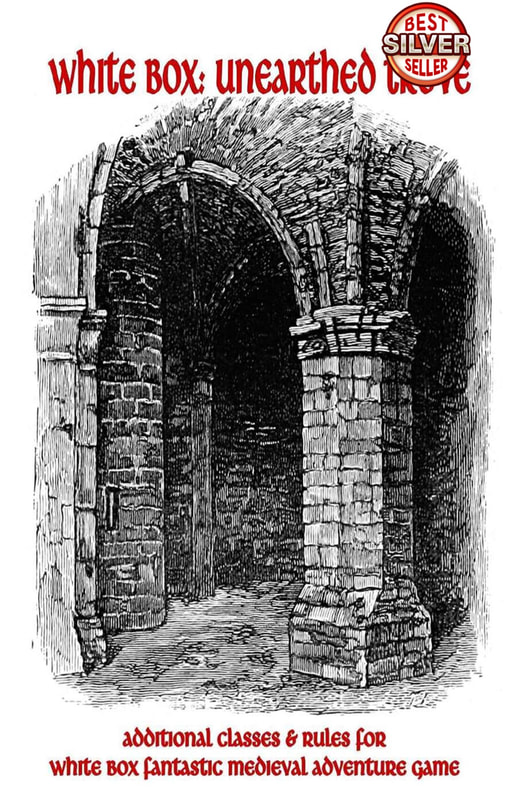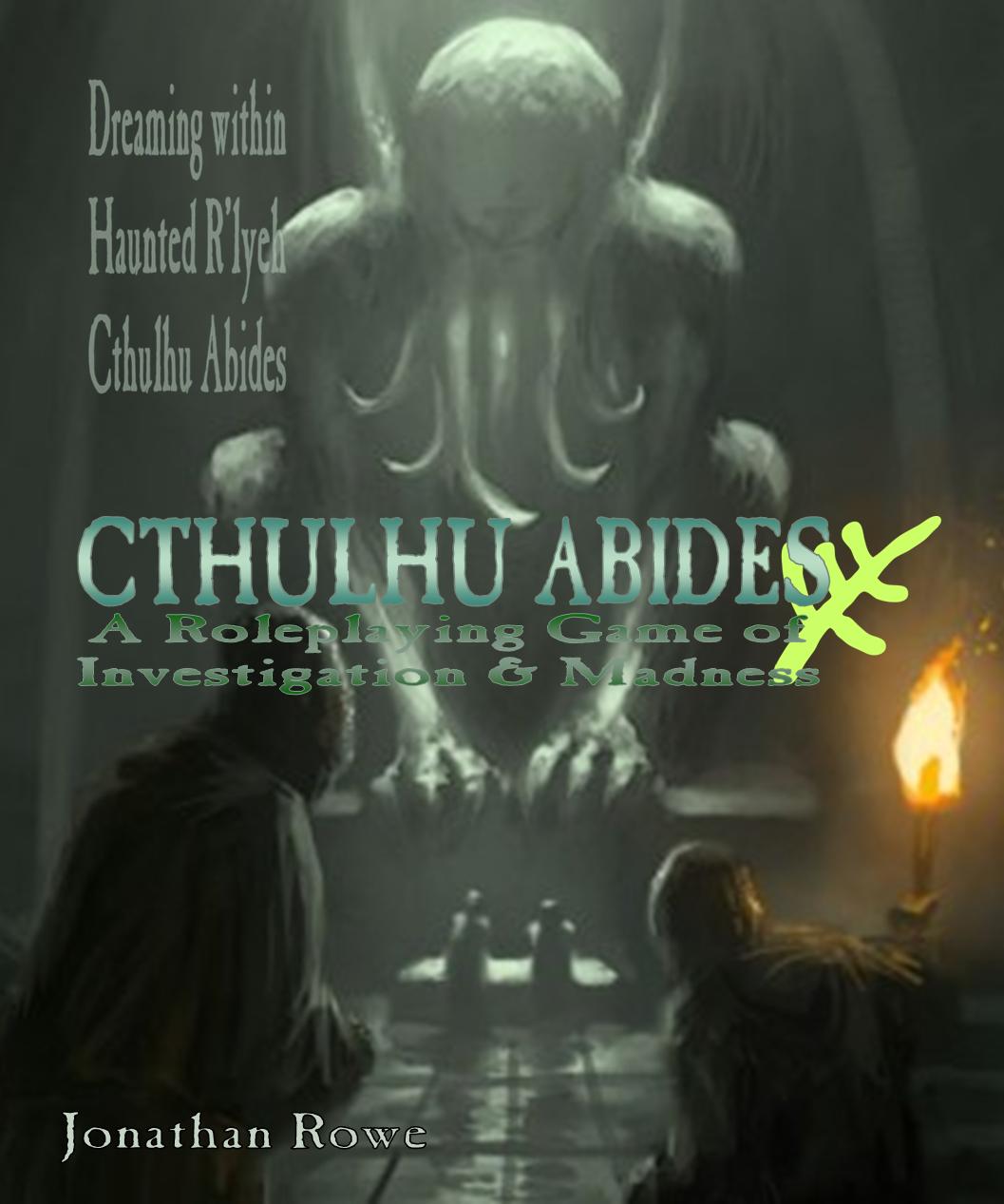|
Nizam al-Mulk died in 1092, a Persian vizier. He was also the first person to be assassinated. As in, professionally murdered by the Order of Assassins, or Asāsiyyūn. Nizam was traveling to Baghdad on a litter and the assassin approached him disguised as a Dervish (I suppose, a Cleric?) and stabbed him to death. Farewell, Nizam. You were a good vizier but you crossed Hassan-i-Sabbah, the Master of Assassins The last blog was in praise of WHITE BOX RPG. I've become fascinated with Original D&D (OD&D) and the origins of familiar character classes. Salvatore Macri ports across the OD&D classes into Swords & Wizardry: White Box Heroes, but I feel Szymon Piecha does a much better job with White Box: Expended Lore. Heroes is a pay-nothing PDF and Lore is pay-what-you-like Salvatore takes the OD&D or AD&D classes and tidies them up a bit then projects them across into White Box's simple format. For example, he converts laborious d% rolls into clean, crisp d20 checks. But Szymon is more innovative: he deconstructs the classes entirely, then rebuilds them to fit into White Box's minimalist sensibilities: out go minimum attributes, gradated abilities, different dice rolls for different skills. You can do a thing or you can't. There's a lot to love about this approach. Every dice you're not rolling is a decision you're making instead. Do we need a complicated table telling us the exact percentage change that a Ranger can pick up a 3-day-old trail outdoors or if the monster goes through a door or up a chimney? Isn't it better to say that the 1st level Ranger has a broadly 2-in-6 chance of following any trail and leave it to the Referee to adjust that, if the trail was left by 100 Orcs through mud or a single Elf over volcanic rock? And minimum attributes for classes, don'tchahate'em? They're intended to be limitations, making the class harder to qualify for: "Sorry, Joe - without a Constitution of 15, you just can't be a Ranger. Maybe an ordinary Fighter for you, eh?" Except it doesn't work that way at all. Players end up rolling up their Rangers, with or without the Referee's connivance, and once you actually have a PC Ranger, that minimum 15 Constitution isn't a limitation at all: it's another advantage, above and beyond the powers conferred by the class itself. Away with this foolishness. Give me all-or-nothing powers or else the simple roll-a-d6 that Charlie Mason used for Thief powers in his version of White Box. Abolish minimum attributes - bring to an end the discrimination against asthmatic Rangers and stammering, squint-eyed Paladins. Szymon's supplement inspired me to adapt a few classes he omitted: the Ranger (last week), the Illusionist and, this week, the Assassin. The Assassin Because I came to D&D through Eric Holmes' Basic Set D&D (1977), I was surprised to discover the Assassin in the AD&D Players Handbook (1978). I thought it a novelty. But in fact it goes back to the origins of the hobby, to Dave Arneson's Blackmoor campaign in his basement in Minneapolis. It was there in the original 3-book 'White Box' D&D set (1974, as a NPC class) and appeared as a PC class in the Blackmoor supplement (1975), representing a sort of anthology of Arneson rules and lore.
I welcome contentions that Guy of Gisborne is really a Lawful Ranger determined to bring down the Chaotic bandit Robin. The Arneson/Gygax Assassin from Blackmoor is a striking creation. With 1d4 Hit Points, he's no warrior: Gygax ups this to 1d6 for AD&D and lets Assassins keep accumulating them all the way to 16th level, making Assassins one of the tougher high-level characters. The Original Assassin has to be of Neutral Alignment. I suspect this reflects the idea that the Assassin kills out of a sense of professionalism rather than malice. It's not an idea that stands up to close scrutiny. Perhaps uncomfortable with defining 'Neutrality' as 'murdering for money', Gygax extends the Assassins' alignments to any Evil in AD&D. The Blackmoor Assassin class Other features of the AD&D Assassin are there from the start: Thief skills at 2 levels lower, the instant-kill assassination table for targets you surprise or take unaware, the use of poison, disguise, learning Alignment Languages, fees and the imperative to kill your boss to get past 12th level. AD&D tries to introduce some balance: reducing the chance of assassinating a peer-level character or monster from 75% to 50%; reducing the base chance of being detected in disguise from 5% to 2%; for some reason reducing the Intelligence requirement from 12 to 11. The AD&D Assassin gets much more cultural consideration, with the structure of Guilds and a by-hook-or-by-crook approach to replacing your superiors rather than the good, clean duel promised in Blackmoor. If Blackmoor Assassins are noble Ninjas or James Bond, then AD&D Assassins are just nasty gangsters. The biggest difference is poison. Blackmoor Assassins have a 50% chance of being detected using poison and onlookers attack them with a fury, gaining +4 to hit and +4 damage! This is absurd and Gygax corrects it in AD&D to a cumulative 10% chance of being detected and a range of responses (20% normal attack, 50% call the watch, 30% do both). The tiptoe assassin from the Players Handbook (1978): what a scene! how long is his arm??? None of this is really satisfactory. The disguise rules suck, since they involve fiddly calculations using the Intelligence/Wisdom of onlookers. The Assassination Table is very unbalanced and whole campaigns were wrecked when a PC Assassin bumped off a Final Boss, Key NPC or fellow-PC with a single dice roll. Then there's poison... The Blackmoor rule that turns onlookers into psychotic super-berserkers is silly, but Gygax's tame revision doesn't really get round the problem. Here, again, Assassin PCs can kill monsters, NPC and their companions with a single attack. More generally, the Assassin ushered in a new era of intra-party conflict in D&D and the unending debate about playing evil characters and running evil campaigns. Lots of Referees banned Assassins or ruled that they were a NPC class (as indeed they were originally introduced to be). A White Box Assassin Salvatore Macri's Assassin in S&W: White Box Heroes is the original Blackmoor version, tidied up. Fiddly percentage rolls are now clean d20 checks. Disguise is simpler and a bit less certain. The class only goes to 10th level, like most White Box classes. The cultural stuff about Assassins Guilds and their kill-or-be-killed promotion system is gone. Most importantly, the Assassination Table is used (it is implied) only as a shorthand for resolving a mission, rather than a tactical action to kill individual monsters or NPCs as they are encountered. However, Assassination matches the old Blackmoor probabilities and Poison induces preposterous Blackmoor-style berserk attacks. I like what Macri's done here, but I want to go further with revising the White Box Assassin. Let's start with Assassination itself. Why the fiddly percentage/d20 system? Charlie Mason treats Thievery as a d6 check in his White Box so let's use that here. That gives 1st-3rd level Assassins a 2-in-6 chance of passing an Assassination test, going up to 5-in-6 by 10th level. What does Assassination actually do? Let's say a successful test means the Assassin's plot has succeeded: they are 'in position' to kill their target. But they still have to do it. In dungeon-style adventures, Assassination positions the Assassin for a Backstab. In other contexts, it lets the Assassin construct a trap or deliver poison - but the target still gets their saving throw. You can only make an Assassination test against a target once. If the damage doesn't kill them or they make their saving throw, you cannot use the skill again against them. It makes sense for Assassins to use the same skill to construct, detect or remove traps. To be fair, 2-in-6 is every character's chance of detecting and removing traps in White Box but Assassins will get better at it. Constructed Traps will either deal 1d6 damage (like an attack), deliver Poison (and a saving throw) or immobilise the target for 1d6 rounds - but of course you don't know if your Trap is going to work until it gets triggered and you roll your d6. Let's get rid of Thief skills. Why should an Assassin have these skills outside of the context of ambushing people? If a pocket must be picked, hire a proper Thief to do it. Similarly, let's make Disguise a Feat. Human Assassins get to choose a Feat at 1st level (in Szymon Piecha's Expanded Lore) so you can still have that skill if you want it - but it can use the simple, blunt d6 range of the Assassination skill: 2-in-6 is fair odds for a starting character. This isn't Mission Impossible. So if Assassins can't thieve or disguise themselves and don't auto-kill their enemies, what can they do? Backstabbing. If Thieves roll their damage twice on a successful backstab, let's have Assassins roll three times. Pow! Take that! Now the Assassination skill serves a fresh function if it lines you up to deliver an attack like that - but you still have to hit (with a +2 bonus) and the damage might not be enough. There's no auto-kill here but there is a strategy. Then there's Poison. Arnold Kemp's Insanity & Trauma house rules come to the rescue here. Blackmoor turned bystanders into psychotic vigilantes in the presence of poison; AD&D had them lamely calling for a constable. Instead, let's punish the companions of the Assassin by forcing them to acquire Trauma whenever the Assassin produces her poison kit. This leads to something better than retribution, which is discussion. The decision to use Poison has to be weighed up against the harm it does to your party's unraveling nerves - as I explain in an older blog. Half-Orc Cleric-Assassin Half-Orc Cleric-Assassins are part of AD&D lore. Blending these two classes is one of the few things that Half-Orcs were good for in 1st edition. Salvatore Macri introduces Half-Orcs in S&W: White Box Heroes. It's a bit clumsy, with arbitrary limits to Wisdom and Charisma, restrictions to being Fighters or Assassins and a +1 damage bonus to compensate along with Elves and Dwarves as 'Hereditary Enemies' (which would be true for full-Orcs but it's not clear why Half-Orcs should share this antipathy...). Szymon Piecha doesn't explore Half-Orcs except to list a racial bonus (add damage bonus to missiles too, good at breaking down doors) which suggests he's following the Swords & Wizardry template. I've put together my own Half-Orc template, taking the Macri/Piecha model but removing the arbitrary limitations on Wisdom and Charisma and the intrusive penalties for reactions - but adding in a Trauma problem for their adventuring companions.
I've added the option for the infamous Cleric-Assassin, only in the style of White Box Elven Fighter-Magic-Users; i.e. a single class with high XP requirements that gives you the benefits of both classes, but limits advancement (in this case to 6th level: I don't want these guys getting 5th level spells like Raise Dead/Slay Living).
11 Comments
Charles Barchuk
2/7/2020 07:20:32 pm
I love your Assassin class. I'm a huge fan of White Box FMAG and it tends to be my go to game. So well done my friend. I had a question concerning Assassinate just to make sure I'm understanding how it works: I'm seeing it as the thief's equivalent to thievery correct? And these are the skills that fall under Assassinate: Backstab 3d6 (combat) , finding and removing traps, creating a trap and setting a trap, and planting poison. Is that all correct? When making a trap I assume the Assassin has to have access to materials at hand? Is poison only delivered via a trap or can the Assassin put on a crossbow bolt for example? And lastly is poison a save or die type of thing? Thanks again.
Reply
Jonathan Rowe
2/7/2020 08:05:31 pm
Hi and thanks !!
Reply
Charles Barchuk
2/7/2020 09:10:22 pm
Very cool man. Thanks for the explanation. So an Assassinate roll in the middle of combat represents the Assassin being able to 'sneak' up behind an enemy similar to a thief's hide in shadows or move silently?
Jonathan Rowe
3/7/2020 12:35:04 am
Yes. You can does a melee round foregoing your attack ti roll Assassinate instead. If you fail then it was a wasted round. If you succeed then you position yourself. Next round you can then backstab for triple damage (with the Sniper Feat you could make a ranged attack for triple damage).
Reply
Charles Barchuk
3/7/2020 01:27:27 am
Jonathan thanks again for your insight. Let me ask you a question that's kind of off topic but pertaining to White Box FMAG. What combat sequence do you personally use? I've been playing around with a few different ones to see which one I like. Your response made think about it when you mentioned the thieves and assassins using their attack to instead position for a backstab. Do you allow a move and an attack or only one single action? Thanks again for entertaining my questions.
Reply
Jonathan Rowe
3/7/2020 08:37:11 am
White Box combat movement doesn't make a lot of sense if you accept Charlie Mason's one minute melee round. If you go with a OD&D 10 second round then it makes more sense. You can move twice in a round foregoing any attack or action or move once along with an attack or action.
Charles Barchuk
3/7/2020 01:03:45 pm
Thanks for that clarification. That makes a lot more sense as I somewhat perplexed by the same thing. Do you use individual or group initiative? And do you use phases such as the one listed in FMAG where spells fire in order of initiative followed by missiles, melee, and then movement. It seems okay but wonky as well.
Reply
Jonathan Rowe
3/7/2020 01:36:17 pm
I use group initiative to speed things up.
Reply
Jonathan Rowe
3/7/2020 01:37:53 pm
This discussion would find a wider audience perhaps on the Fen Orc facebook page....
Reply
Charles Barchuk
3/7/2020 02:28:27 pm
Yea I'm not on facebook at all. So sense the melee phase happens first before the movement phase the Assassin or Thief would have to forego attacking in order to spend their movement getting into position to backstab. Is that correct? And it seems since bows can fire twice that not allowing archers to move as well is probably a good idea as well.
Reply
Charles Barchuk
1/5/2021 11:03:28 pm
Hey Jonathan,
Reply
Leave a Reply. |
30 Minute Dungeons
Essays on Forge
FORGE Reviews
OSR REVIEWS
White Box
THROUGH THE Hedgerow
Fen Orc
I'm a teacher and a writer and I love board games and RPGs. I got into D&D back in the '70s with Eric Holmes' 'Blue Book' set and I've started writing my own OSR-inspired games - as well as fantasy and supernatural fiction.. Archives
July 2024
Categories
All
|

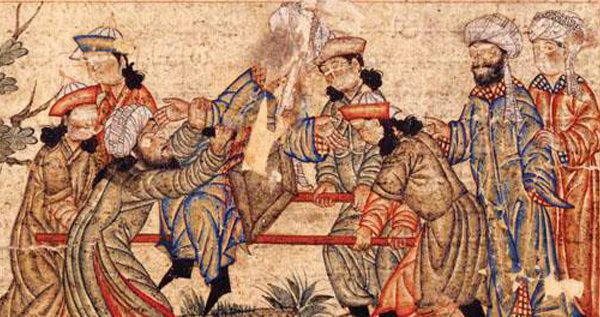
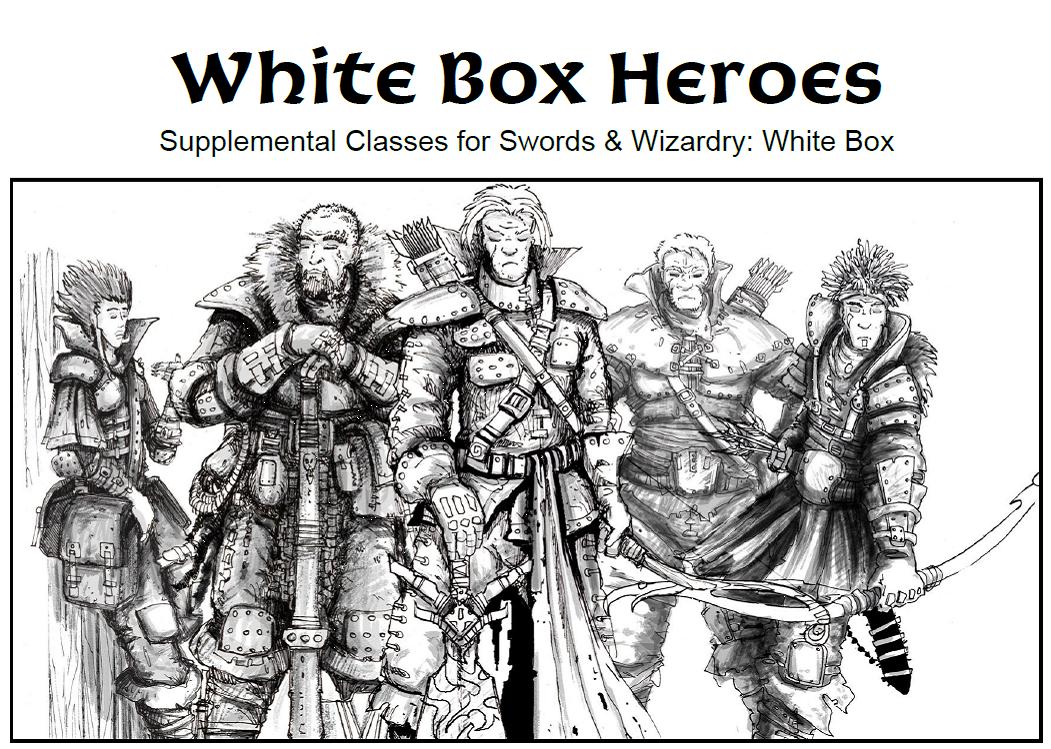
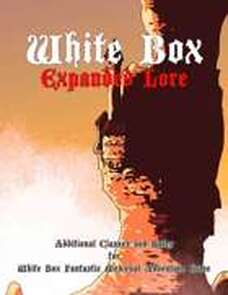
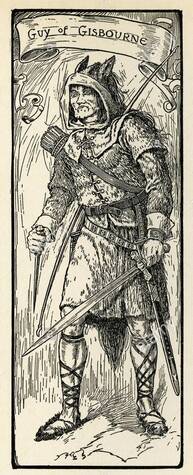
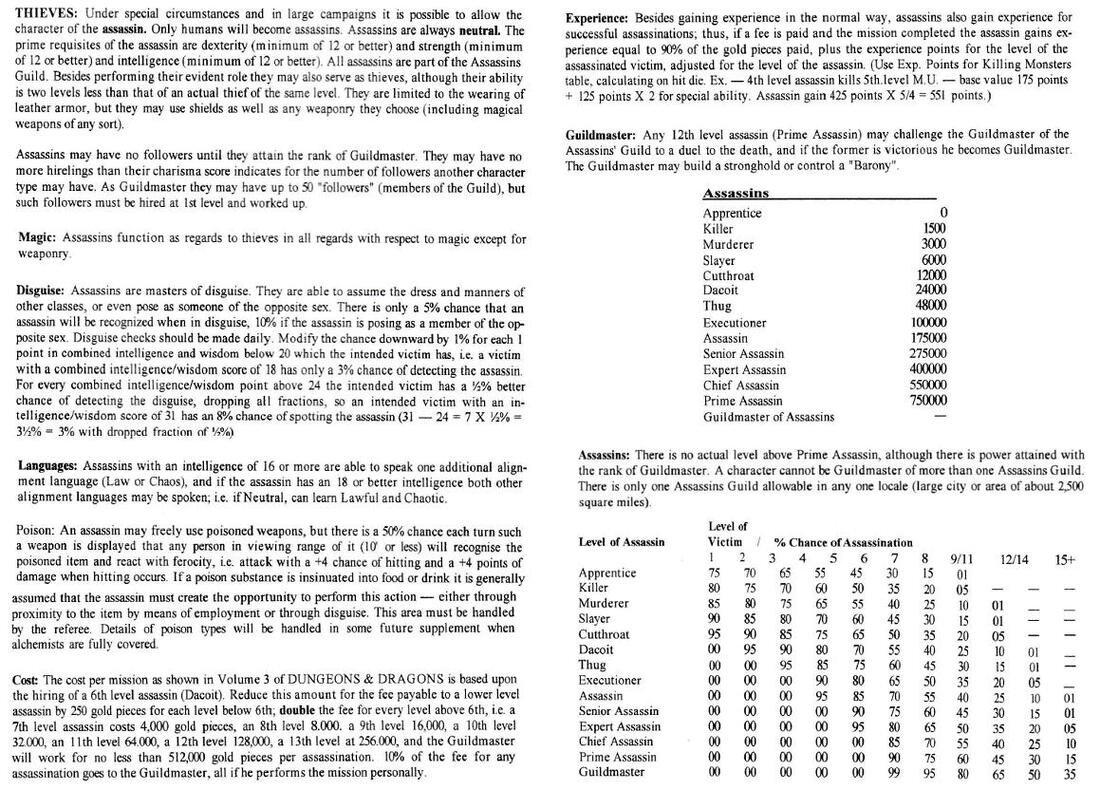
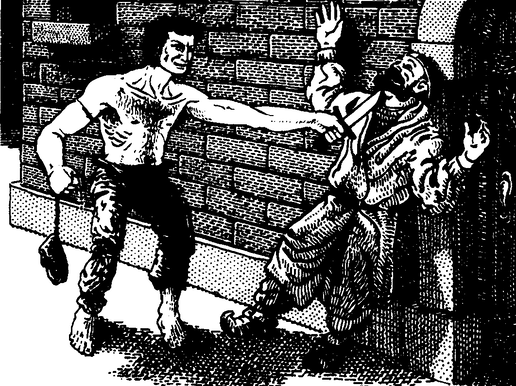



 RSS Feed
RSS Feed
